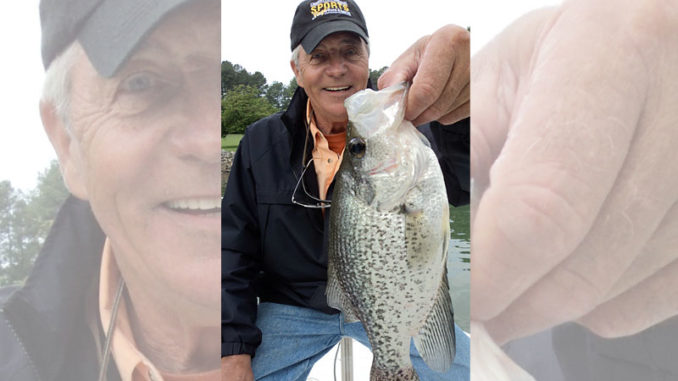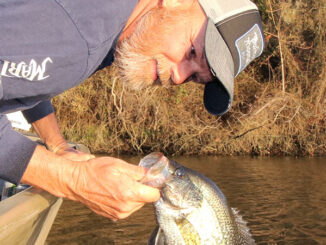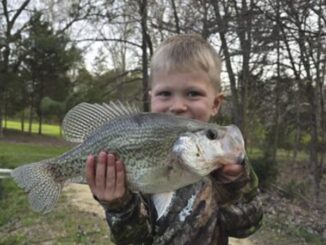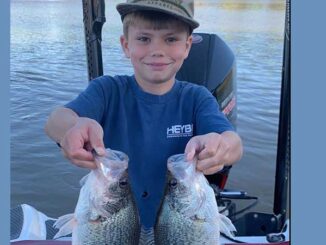
March is a top month for Lake Norman crappie
Guide Gus Gustafson of Lake Norman Ventures said March is the best or second-best month for crappie at North Carolina’s Lake Norman.
“It’s the time when the fish become accessible to fishermen,” said Gustafson (www.fishingwithgus.com). “When the water temperature creeps into the lower 50s, the fish begin to move to the bank, where they linger in water 7 feet deep or less as the urge to spawn increases.”
The fish favor the sunny side of the shoreline, holding in brush and laydowns.
Gustafson said the move to the shallows may start in early March since the winter has been mild. It continues through March and maybe into early April depending on the weather.
“Not all crappie spawn at the same time; they’ll be some fish in shallow cover for a long period of time,” he said.
The best way to locate brush that’s holding spawning crappie is to spend a day searching the shoreline with a side-scan unit and marking the places with your GPS, so you can return to them later even if the water level changes.
“The days of spending hours putting in brush piles are about over,” said Gustafson. “There’s plenty of brush already in Norman, and the side-scan units make finding existing brush piles much easier. The trick is to know where to search, because brush and crappie aren’t all over the lake.”
Newly-developed areas have fewer fish
Gustafson said anglers should search in creeks with older docks and piers: McCrary, Reeds, Mountain Island and Beaverdam.
“Pay attention to old docks that have rod holders, bait buckets, night lights and wire tie-downs,” said Gustafson. “These docks likely have brush planted around them. A side-scan unit can pinpoint the location of the brush.”
Gustafson avoids recently developed areas of the lake where newly built piers and docks have little or no brush.
He favors light spinning gear for taking shallow-water crappie, filling his reels with 4- to 10-pound test line so he can easily cast 1/16- and 1/32-ounce jigs in white, blue, green or chartreuse, the latter his go-to color. Occasionally, he tips the jigs with minnows.
Gustafson said some fishermen slow-troll or drift for March crappie, but they’re after suspended, staging fish that have yet to move shallow.
If all else fails, he goes to the numerous brush-laden bridges at Norman, double-anchors or employs the anchor-lock feature of his trolling motor and fishes vertically with jigs and minnows.
“You’ll catch more 14- to 17-inch crappie than you will little crappie,” Gustafson said. “Competition from white perch has thinned out the crappie population, resulting in fewer small crappie. Set the hook lightly, because even big crappie have paper mouths.”




Be the first to comment